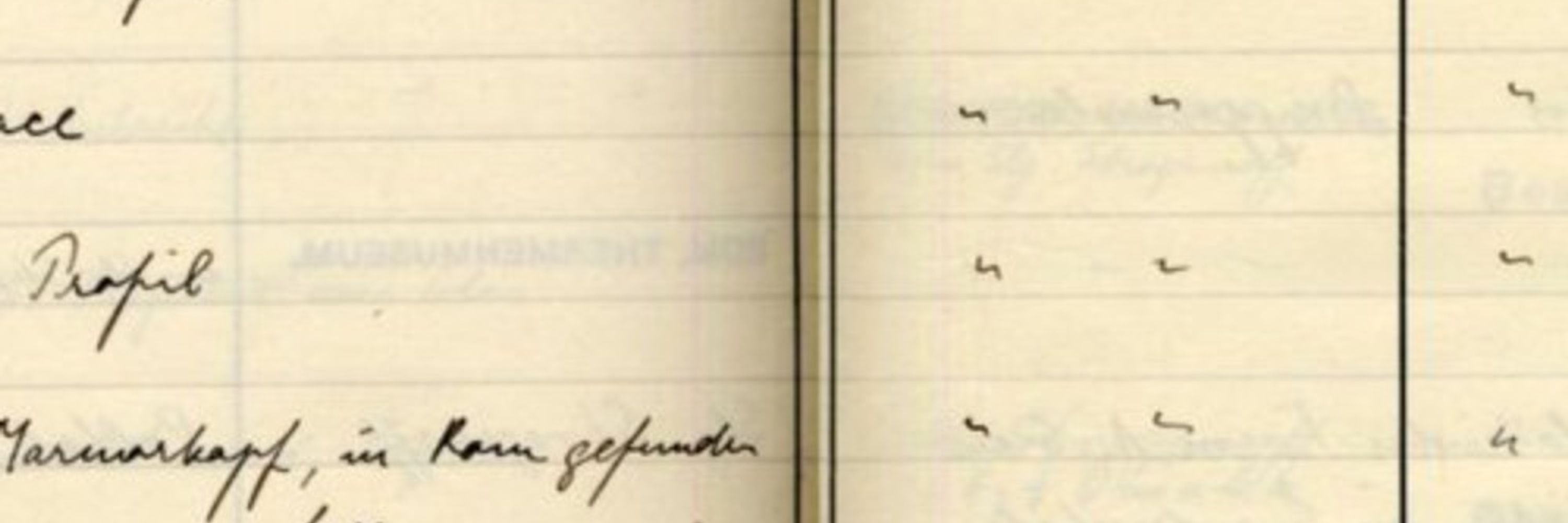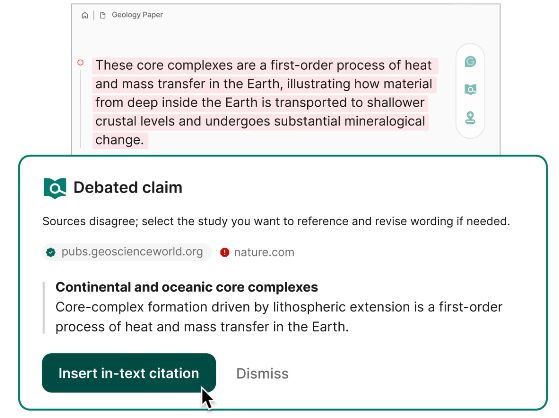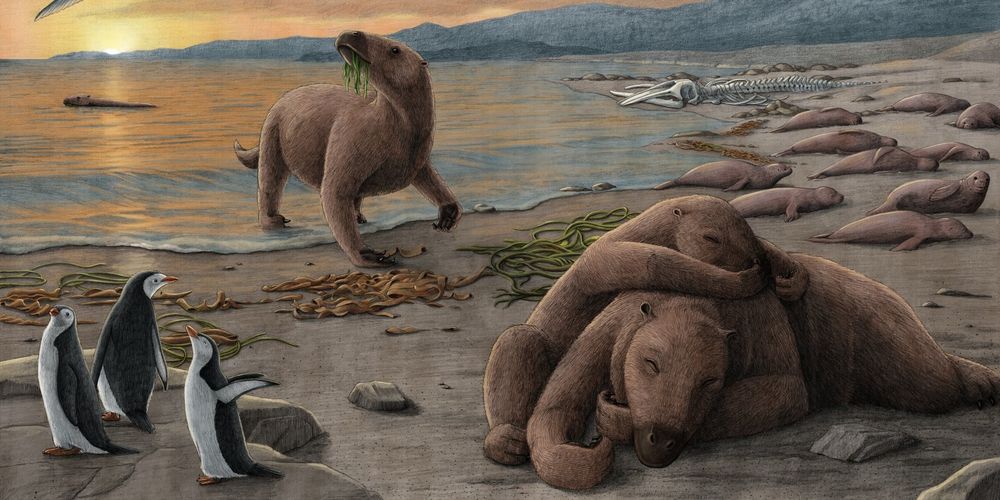Judith Barr
@jebarr.bsky.social
3K followers
2K following
540 posts
@J_E_Barr at the other place. City of Angels.
#Provenance with a dash of Pleistocene. Collector of images of dealer stamps and stickers. Bad photos of good art & all opinions strictly my own. #jhuprovenance
Posts
Media
Videos
Starter Packs
Reposted by Judith Barr
Reposted by Judith Barr
Reposted by Judith Barr
Reposted by Judith Barr
Reposted by Judith Barr
Reposted by Judith Barr
Reposted by Judith Barr
Reposted by Judith Barr
Reposted by Judith Barr
Reposted by Judith Barr
Reposted by Judith Barr





















